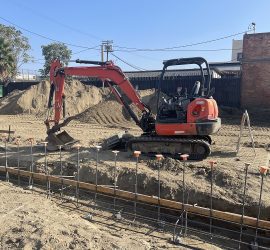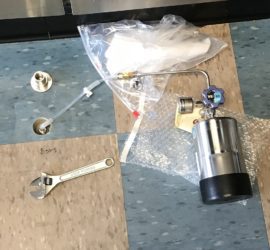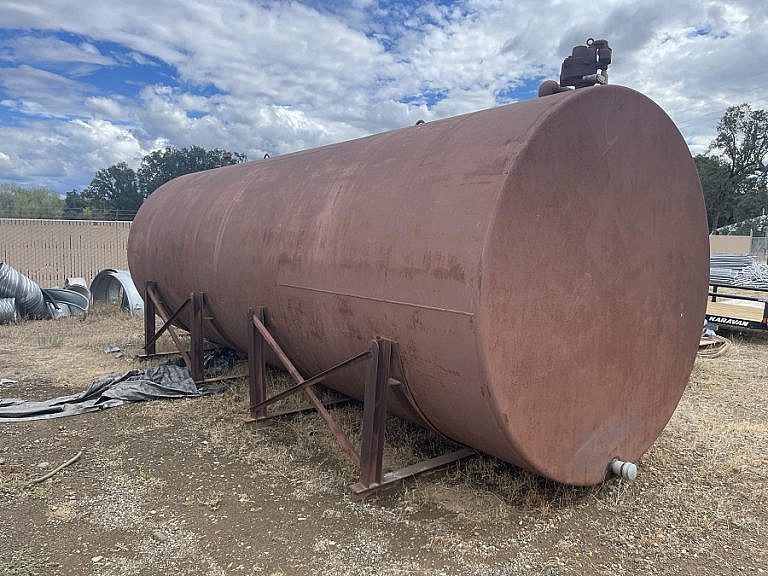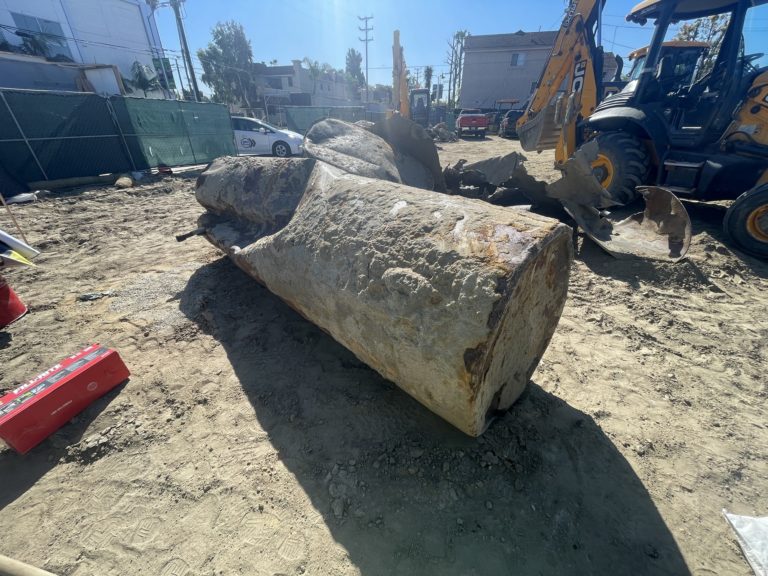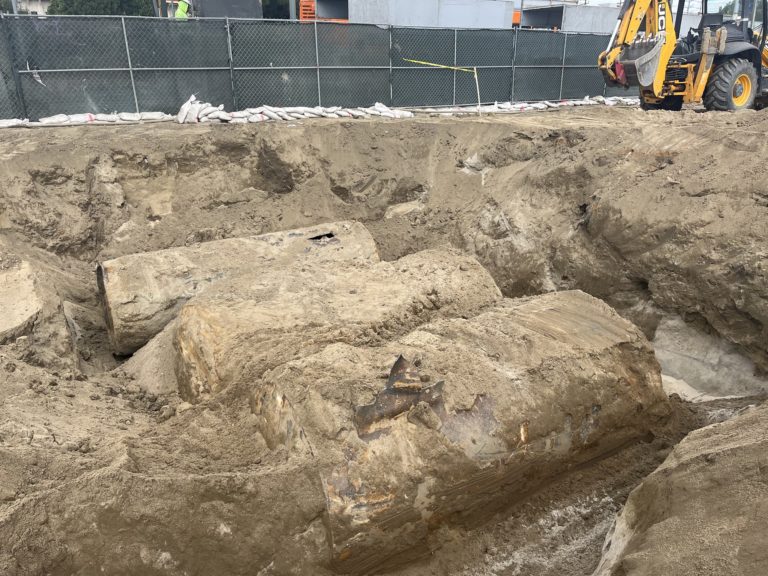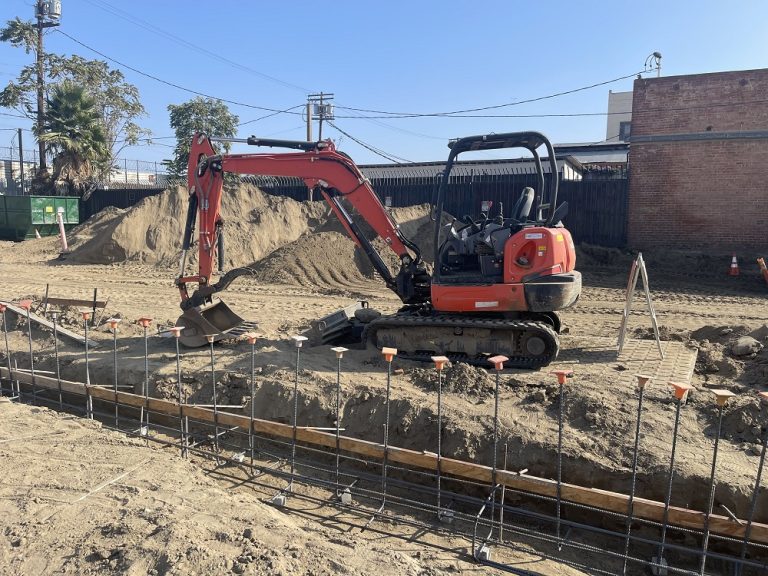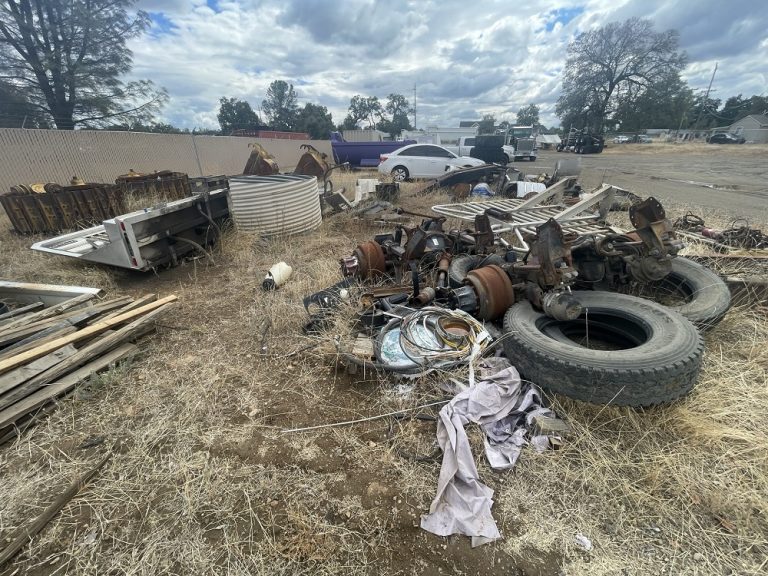Underground Storage Tank Soil Contamination
When there’s a problem with contamination from an underground storage tank, local environmental agencies get involved, and a geologist is needed to handle the cleanup. The most common reason for contamination is when an underground storage tank (UST) at a gas station starts leaking. USTs are used to store gasoline, oil, or other dangerous materials in an underground container, which is a convenient way to store them. However, if there are any leaks or spills from the tank, it causes contamination issues in the soil. Updated April 17, 2024.
Underground Storage Tank Rust Damage
Underground storage tanks (USTs) are commonly made of steel or fiberglass, and they can have either one or two walls. In some cases, a tank can even have three walls for added protection. Different combinations of metal and composite materials can be used to build USTs. Steel and fiberglass each have their own advantages and disadvantages, so it’s important to carefully consider which material is best for a particular use.
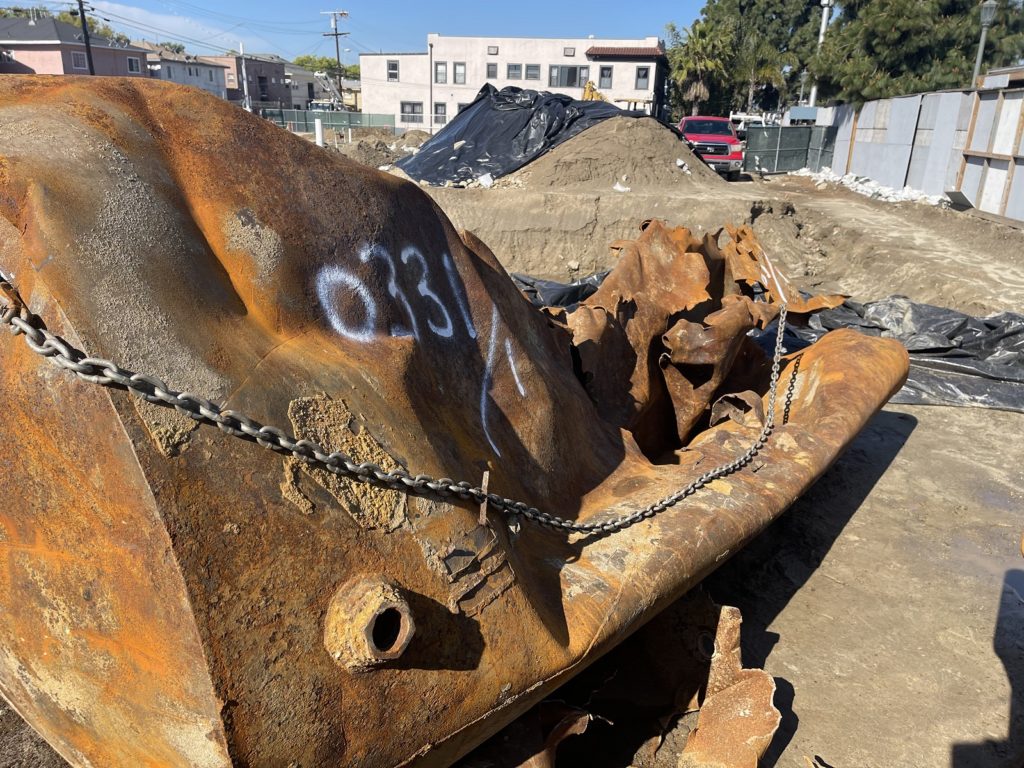
Double-Walled Steel Tank with Outer Corrosion Barrier
Steel tanks have been around for a long time, and until the 1980s, most underground storage tanks (USTs) were made of bare steel. Steel tanks continue to improve in construction and are still widely used today because they are structurally strong and affordable. They are also efficient in terms of space utilization because they have a flat shape on both ends. However, the downside to steel USTs is that they can corrode easily, which leads to leaks. In some cases, steel tanks and pipes have rusted completely through, causing them to break apart underground. To prevent corrosion, modern steel tanks are required to be rust-proof and can be coated with a composite material. If complete tank replacement is not possible or preferred, steel tanks can even be retrofitted with a composite liner.
Steel USTs During Installation
Fiberglass tanks became popular in the 1960s because they are resistant to corrosion, unlike steel tanks. Oil companies and gas stations switched to fiberglass tanks to avoid the environmental damage and costs caused by rusting steel tanks. Fiberglass tanks provide peace of mind to tank owners since they won’t leak due to rust. However, there are downsides to fiberglass tanks. They are usually more expensive than steel tanks and take up more space per gallon due to their shape. It’s important to note that there are various ways a tank can cause soil contamination, not just through rust-related leaks.
Fiberglass USTs During Installation
Rust-related leaks often occur at the bottom of the UST, specifically below the manhole where gauging sticks are used. The tank wall can become weaker due to corrosion, and pushing a rod onto the weakened area can trigger leaks. The product piping is another area to consider. Over time, these pipes can get damaged and become a common source of leaks, particularly at the connections with the tank or dispensing pump. Uneven ground settling after installation can exert pressure on the pipes, changing their angle and loosening the connections. Junction points in the piping are often where leaks occur. To minimize the risk of contamination from leaking pipes, modern product piping is designed with double walls or secondary containment. For example, the primary pipe may be stainless steel with a polyethylene liner. Alternatively, the product piping could be made of double-wall fiberglass.
Double-Walled Product Piping
USTs can also be damaged during installation. Machinery used for tank installation or improper backfill materials like rocks can scratch the protective coating and damage the tank’s exterior. Some UST pits have synthetic liners for additional containment. Care must be taken not to tear or puncture these liners when installing the tank into the pit.
Example of UST Damaged During Installation
Another way that underground storage tanks (USTs) can cause issues is during the filling process. Improper filling or overfilling can result in spills that overflow from the top of the tank, spreading around and underneath it, and eventually reaching the soil. Even small spills that occur over many years can accumulate and lead to significant contamination problems.
UST Leak Detection
To minimize the impact on the soil, it’s crucial to detect and stop leaks as soon as possible. All modern tanks installed in 2016 or later must have secondary containment, which means they have an additional protective layer. These tanks require interstitial monitoring, which involves monitoring the space between the primary and secondary tank walls or between the primary tank and the secondary containment. Hydrostatic reservoir sensors are used to detect leaks in either the outer or inner walls of the tank. Various types of sensors are available to match different tank configurations.
UST Leak Monitoring
For older cases of underground storage tank soil contamination (pre-2016), the Environmental Protection Agency (EPA) typically requires monthly monitoring. One basic form of leak detection is statistical inventory reconciliation (SIR). This method compares the fuel level in a tank with the amount of fuel dispensed to ensure that there is no unaccounted-for fuel. Similar automatic tank gauging (ATG) systems or other continuous in-tank leak detection methods can fulfill this monitoring requirement.
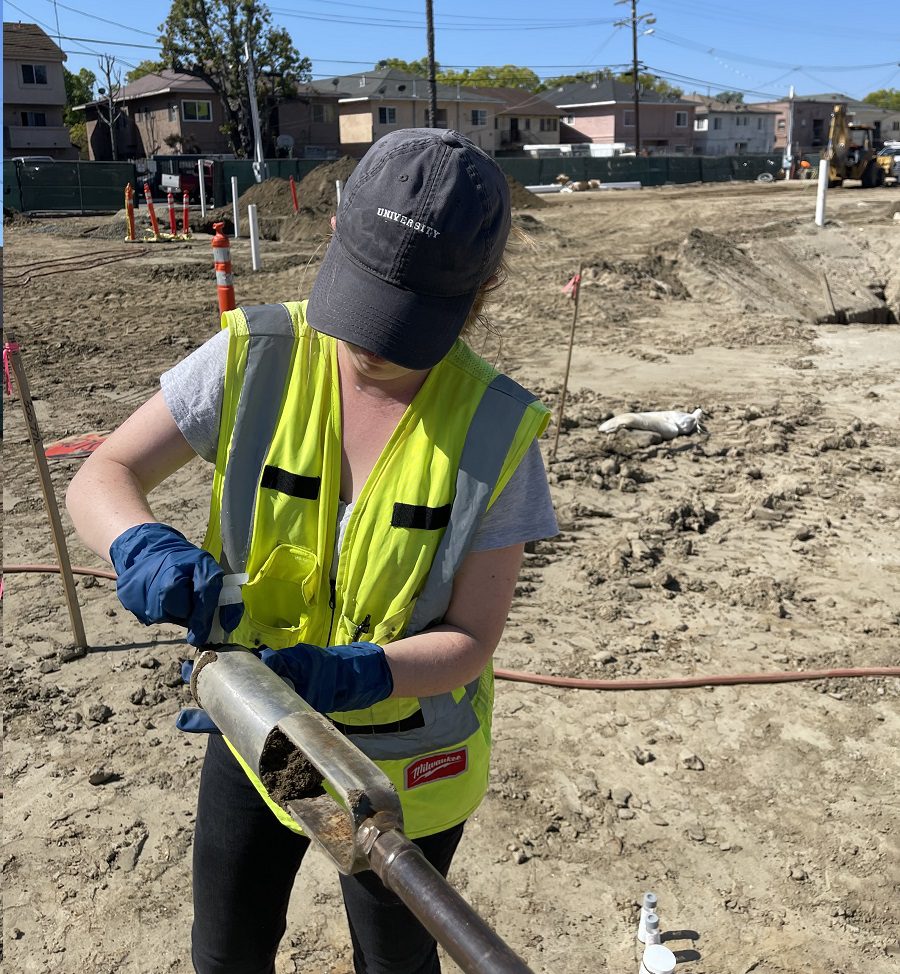
UST Leak Detection Methods
In addition, vapor monitoring wells can be placed near the underground storage tanks (USTs). This method of leak detection relies on the fact that if liquid gasoline, for example, is released into the ground, it will turn into gas and contaminate the air in the soil. The vapor monitoring well will detect this gas, indicating that a leak has occurred and needs to be identified and stopped. Deeper wells, called groundwater monitoring wells, may also be installed below the water table. These wells serve the purpose of detecting liquid petroleum products that have entered the groundwater. It’s important to note that relying solely on groundwater monitoring means that a gasoline leak might not be detected until it has already reached the groundwater. That’s why interstitial monitoring, which checks the space between tank walls, is the preferred choice for leak detection.
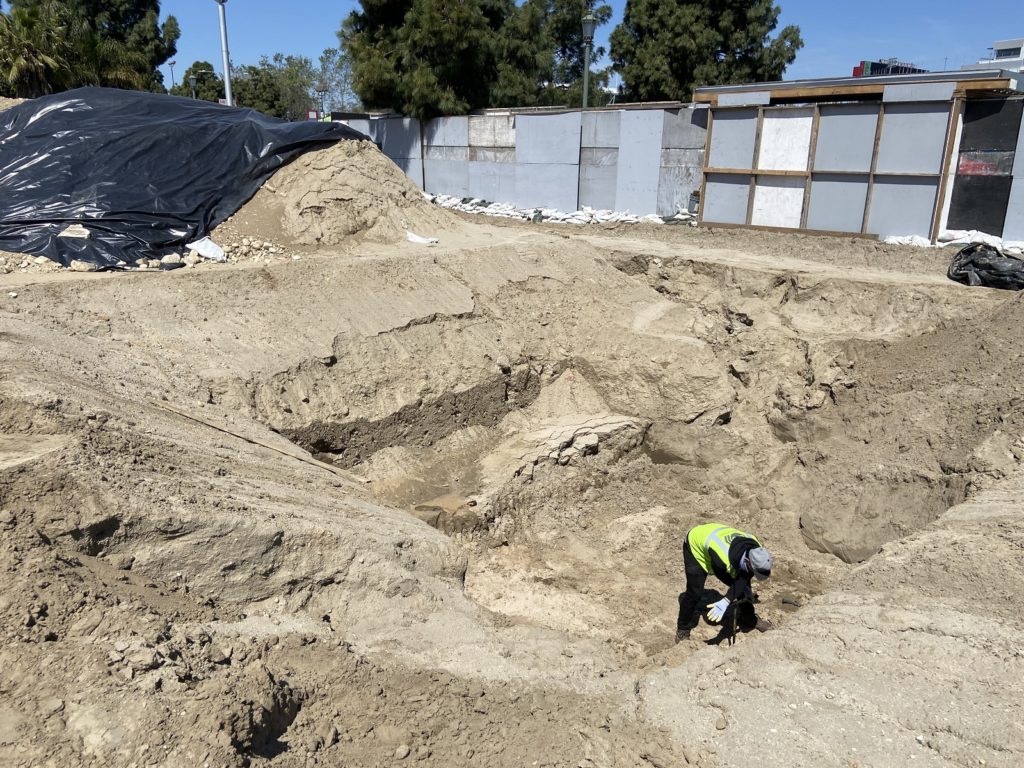
Underground Storage Tank Contamination Testing
Even with advancements in underground storage tank (UST) technology, there are still factors that can lead to leaks and spills, potentially causing contamination on properties with USTs. Regardless of the specific reason, UST-related soil contamination is a common issue that affects the subsurface. Often, this contamination is found during the process of removing the USTs or through soil sampling and analysis as part of an environmental assessment. Once UST-related contamination is identified, a qualified professional can assist property owners in determining the best course of action. This may involve monitoring the contamination to see if natural processes can reduce it (natural attenuation), or implementing more intensive methods of active remediation to actively clean up the contamination.
Authors:
Written By: Michael Joseph Sabo
Edited By: Adam Azad Kaligi, PG

